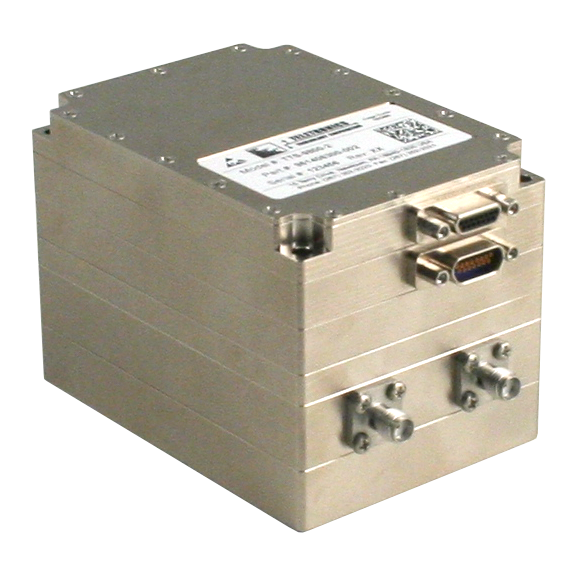
Published in Electronic Design
The FCC’s auction, over the last five years, of L-band (1.4 to 1.8 GHz) and S-band (2.2 to 2.4 GHz) microwave frequencies to commercial broadband providers is driving a mandatory migration to the less-populated C-band (4.4 to 5.2 GHz) frequency by U.S. military test ranges (see figure). These test ranges historically used L/S spectrum for telemetering aircraft and missiles.
The auctions provided $2 billion of spectrum reallocation funding. It was funneled to test ranges across the country to fund the development of the ground hardware needed to support the move to C-band. The funding windfall is also helping to drive the development of new technologies, such as more modern modulation schemes.
Today, C-band offers telemetry programs a relatively un-crowded refuge from the rapid build-out of L/S-bands currently underway by the commercial sector, especially as 5G telecommunications starts to come online. What’s more, C-band, unlike the L- and S-bands, has the added advantage of worldwide use, as it’s also commonly used in Europe for telemetry applications. The transition, though, is a work in progress.
In those regions of the U.S. where the L/S bands aren’t yet greatly impacted (in comparison to some major test centers where spectrum crowding is far greater, such as in California), the FCC has allowed a continuation of their use. The agency has also provided timetable extensions to enable a smooth transition to C-band. Currently, some U.S. ranges are still using L/S, while others have made the move to C-band.

Figure: One example of a tri-band (L/S/C) multimode transmitter for aerospace instrumentation applications is Curtiss-Wright’s TTS-9800-2, which provides dual outputs at 10 W.
Another factor slowing the migration to C-band is the fact that nearly 90% of all missile telemetry applications are based on S-band. Not surprisingly, the ranges still have large amounts of S-band equipment inventory that they would like use before completely vacating the frequency. Also, the very large dish-shaped antennas that C-band requires are expensive and take time to install and calibrate.
Many ranges are currently in the process of installing the associated antennas and RF receivers needed to support C-band. They intend to gain experience with the new frequency in advance of the FCC ordering the complete switch over to C-band, so that any potential link issues, etc., will have already been ironed out.